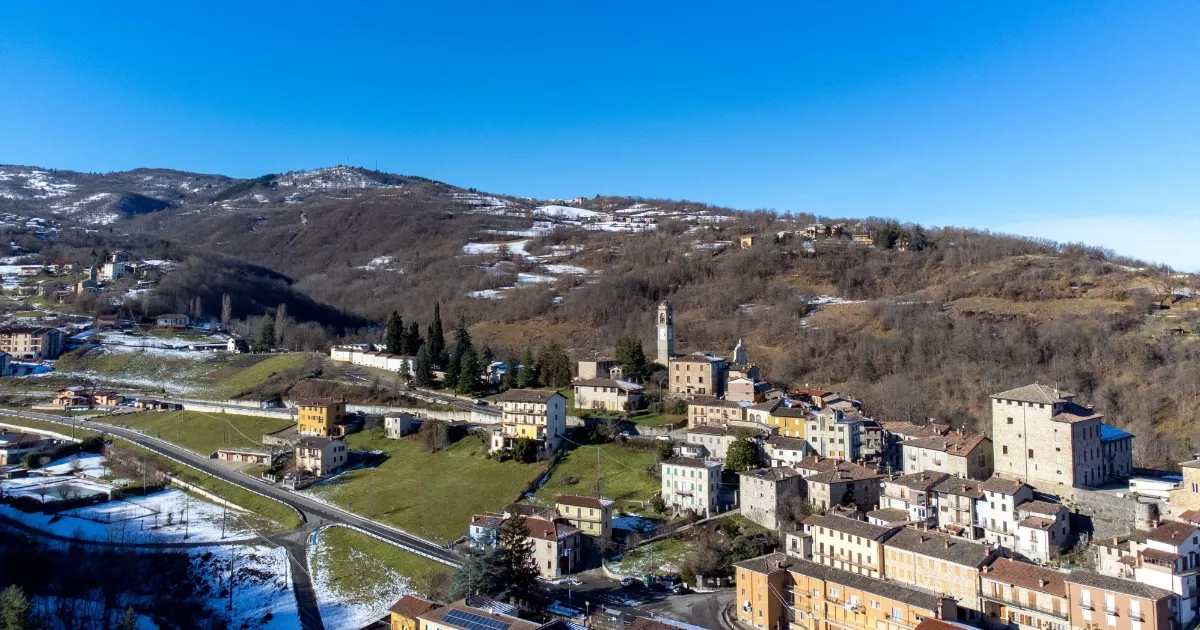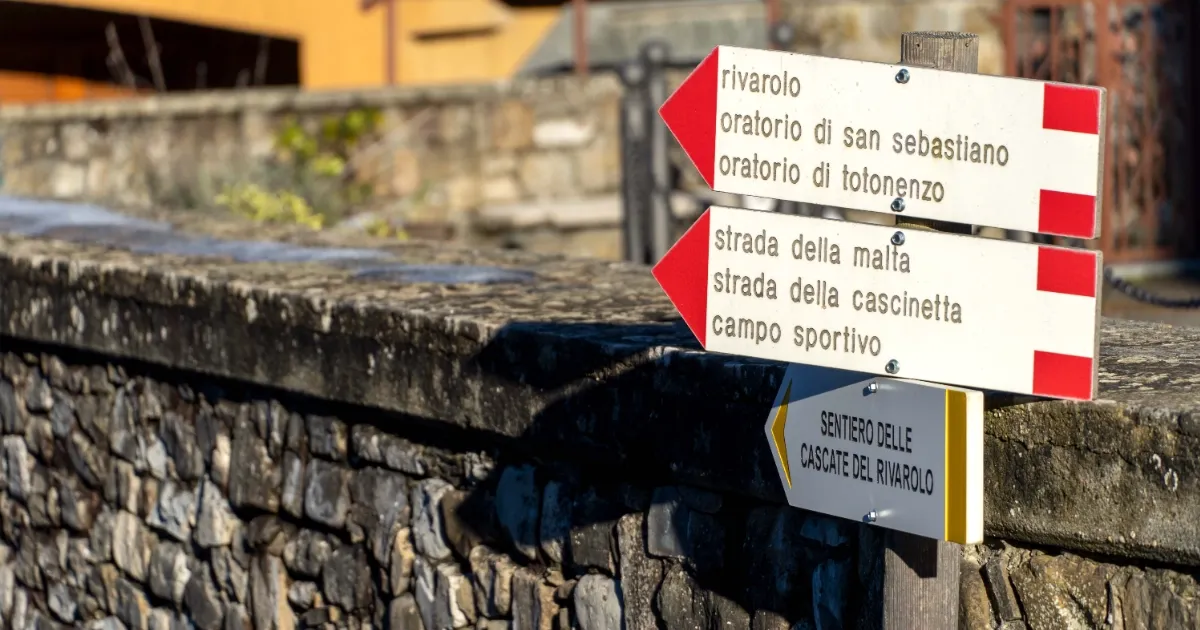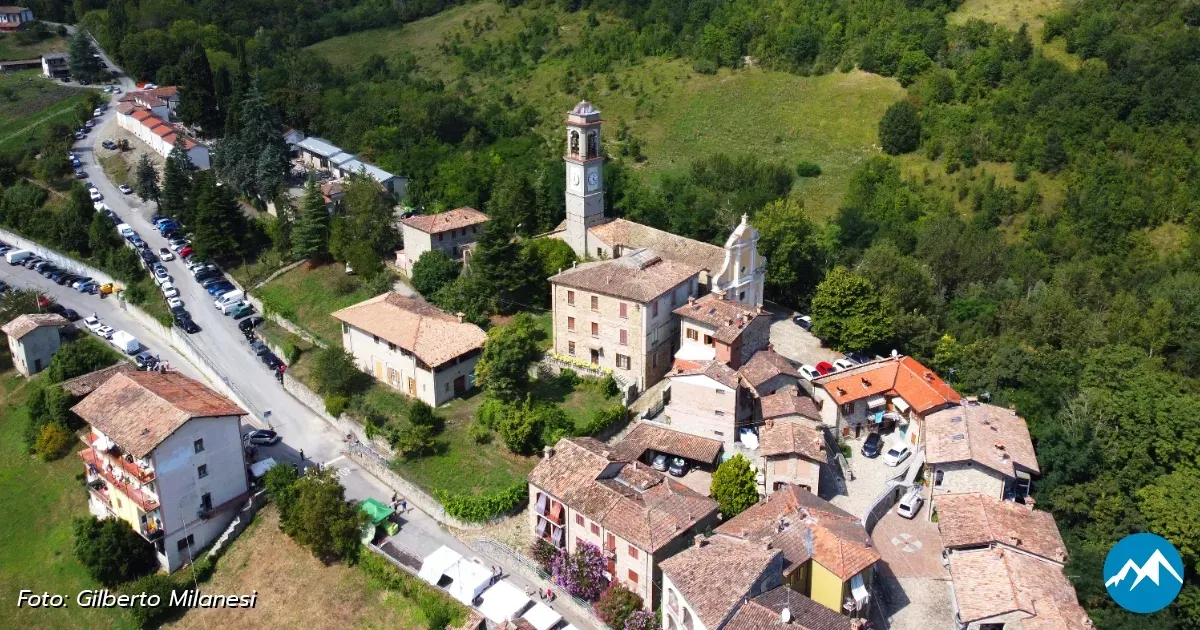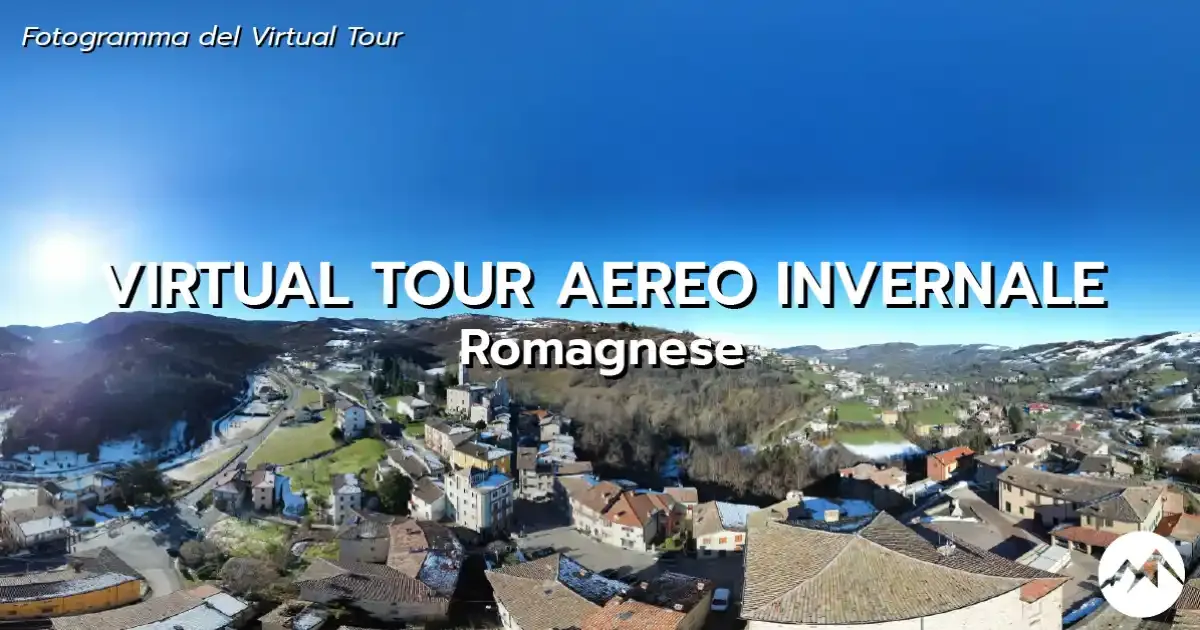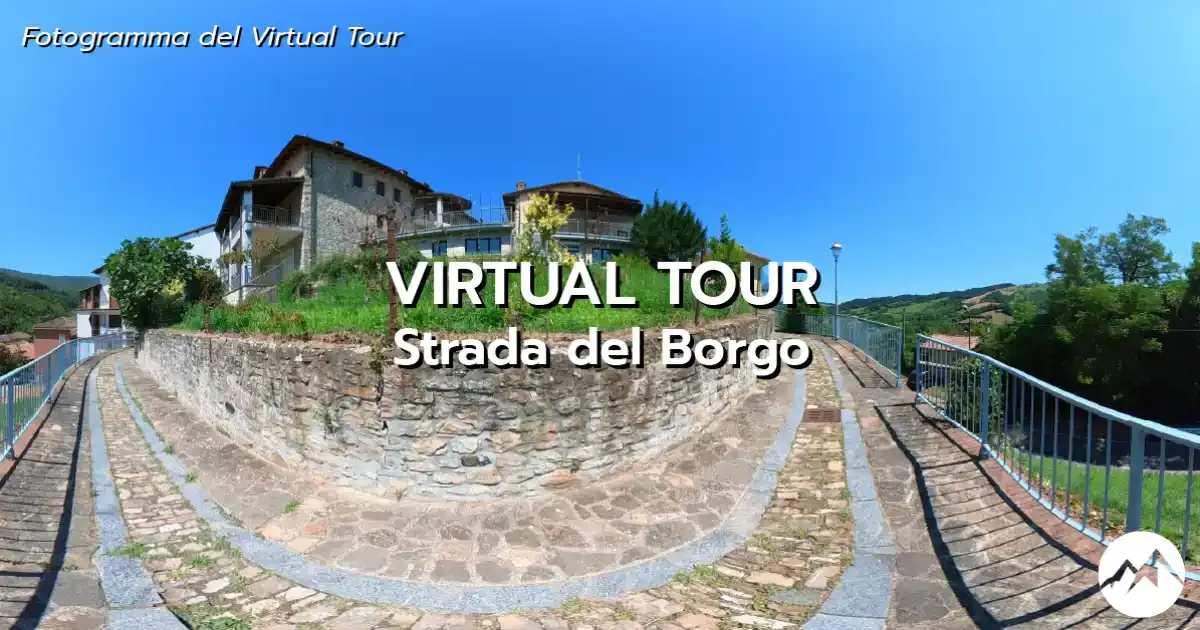Virtual Tour Aereo
Clicca e guarda il Virtual Tour
Il Borgo
Il suo fulcro amministrativo si trova a circa 630 m di altitudine, mentre i punti più elevati raggiungono fino a 1250 m.
Il comune di circa 700 abitanti è situato al confine tra le province di Pavia e Piacenza e conta fra i suoi vicini i Comuni di Menconico, Zavattarello, Varzi, Bobbio, Nibbiano e Pecorara.
La Storia di Romagnese
Nominato per la prima volta da fonti scritte nel VII secolo, l’origine dell’antico insediamento romano (Castrum Romaniense), la tradizione narra che il borgo sia stato fondato da un alcuni gruppi di legionari romani in fuga a seguito della cocente sconfitta contro le truppe di Annibale lungo il fiume Trebbia durante la seconda guerra punica (218 a.C.).
Durante l’epoca longobarda, Romagnese fu terra di passaggio per San Colombano che, attraversando il passo dei Sassi Neri raggiunse Bobbio dove fondò la sua abbazia. Circa tre secoli dopo, Romagnese divenne una tappa della translatio Sancti Columbani, ovvero il passaggio del corteo che trasportava le reliquie del santo da Bobbio fino a Pavia per volontà del re d’Italia Ugo di Provenza.
La città di Piacenza e la Diocesi di Bobbio giocarono un ruolo importante nell’assetto politico del borgo. Romagnese divenne parte degli estesi possedimenti amministrati dalla Diocesi di Bobbio, conferiti da nobili longobardi o carolingi e dotati di ampia autonomia riconosciuta da Carlo Magno. Nella prima metà del 1300 Piacenza estese il suo dominio su Romagnese e altri borghi confinanti, concedendo il feudo in capo al ghibellino Ubertino Landi, detto “miles placentinus” per investitura ecclesiastica del Vescovado di Bobbio ed imperiale da parte di Lodovico di Baviera, nel 1327.
A partire dalla seconda metà del XIV secolo le lotte tra comuni e fra i partiti guelfo e ghibellino conferirono una certa indipendenza amministrativa e fiscale al feudo. Per non pregiudicare questa nuova autonomia, la signoria dei Visconti di Milano fu eletta protettrice del feudo. Nel 1383 il duca Gian Galeazzo Visconti concesse il feudo di Romagnese in dono al condottiero Jacopo Dal Verme, il quale promulgò tra il 1395 ed il 1409 gli “Statuti del Comune di Romagnesio”, un codice di leggi civili e penali che ebbero un effetto benefico sulla vita sociale ed economica di Romagnese. Sotto la signoria Dal Verme, Romagnese conobbe un florido periodo di espansione territoriale ed economica, grazie alle concessioni dei Visconti. Questa prosperità venne bruscamente a mancare a causa delle guerre rinascimentali che scossero l’intera penisola dal 1494. Nel 1546, Romagnese fu assediata e occupata dal Signore di Piacenza Pier Luigi Farnese, tornando in seguito sotto il controllo vermesco fino al XIX secolo.
Nei secoli seguenti, le guerre di successione e la politica dell’equilibrio europee trasferirono il controllo dell’Alta Val Tidone prima all’Austria e in seguito al Regno di Sardegna. L’occupazione da parte della Grand Armée napoleonica nella prima metà del XIX secolo creò un forte malcontento a causa dei metodi duri e del rigido regime dell’esercito francese.
Il borgo fu colpito da una tragica epidemia di colera nel 1867 che provocò più di duecento vittime fra gli abitanti. Questa crisi contribuì ad intensificare il fenomeno dell’emigrazione, che vide molti abitanti partire per la Francia, l’Argentina, il Brasile, la Svizzera, il Belgio e altri Paesi.
Romagnese fu protagonista di violenti scontri fra le truppe della Repubblica di Salò e le formazioni partigiane durante la Seconda Guerra Mondiale. Uno degli episodi più drammatici del ’44 fu il sanguinario rastrellamento compiuto dalla 162a Divisione Turkestan, composta prevalentemente da soldati d’origini mongole, chirghise e calmucche. Teatro di notevoli e numerosi episodi di lotta partigiana, Romagnese rappresenta un luogo di spicco nella mappa ideale dell’Italia della Resistenza.
Il ciclo pasquale
Ogni anno, Romagnese rinnova la tradizione del Triduo Pasquale, un evento suggestivo che unisce fede e folklore, coinvolgendo profondamente l'intera comunità. La celebrazione si svolge in tre giorni e comprende riti religiosi e manifestazioni popolari che animano il borgo e le sue frazioni.
La manifestazione prende avvio il giovedì sera con una suggestiva processione che parte dalla chiesa parrocchiale di Romagnese e si dirige verso l’oratorio di Casa Picchi. Durante il percorso vengono rappresentate scene storiche della salita di Gesù al Monte Calvario. Un elemento caratteristico e simbolico di questa processione è la presenza di una figura anonima, incappucciata, che porta sulle spalle la Croce, evocando un'atmosfera di riflessione e solennità.
La celebrazione prosegue il venerdì con la Santa Messa nella Chiesa parrocchiale, seguita dalla Via Crucis che attraversa le vie di Romagnese. Questo momento solenne è arricchito dai falò accesi nelle diverse frazioni del borgo, che contribuiscono a creare un'atmosfera mistica e suggestiva.
L'ultimo giorno, il sabato, è dedicato alla tradizionale celebrazione dei canti popolari della "Galina Grisa". Questo evento coinvolge numerosi gruppi di cantori e musicisti, provenienti sia dal Borgo che da altre località, i quali si organizzano in squadre per fare tappa nelle diverse frazioni di Romagnese e intonare i canti della tradizione locale. In cambio, secondo l'antica usanza, ricevono uova dagli abitanti. I cantori, poi, si ritrovano attorno alla mezzanotte presso la piazza del Municipio, accolti dall’amministrazione, dai volontari della Pro Loco e dai compaesani per chiudere la serata cucinando enormi frittate con le uova ricevute in dono.
Questa manifestazione non solo mantiene viva una tradizione secolare, ma rafforza il senso di appartenenza e coesione nel borgo.


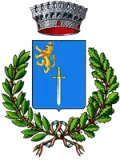 Comune di Romagnese
Comune di Romagnese

